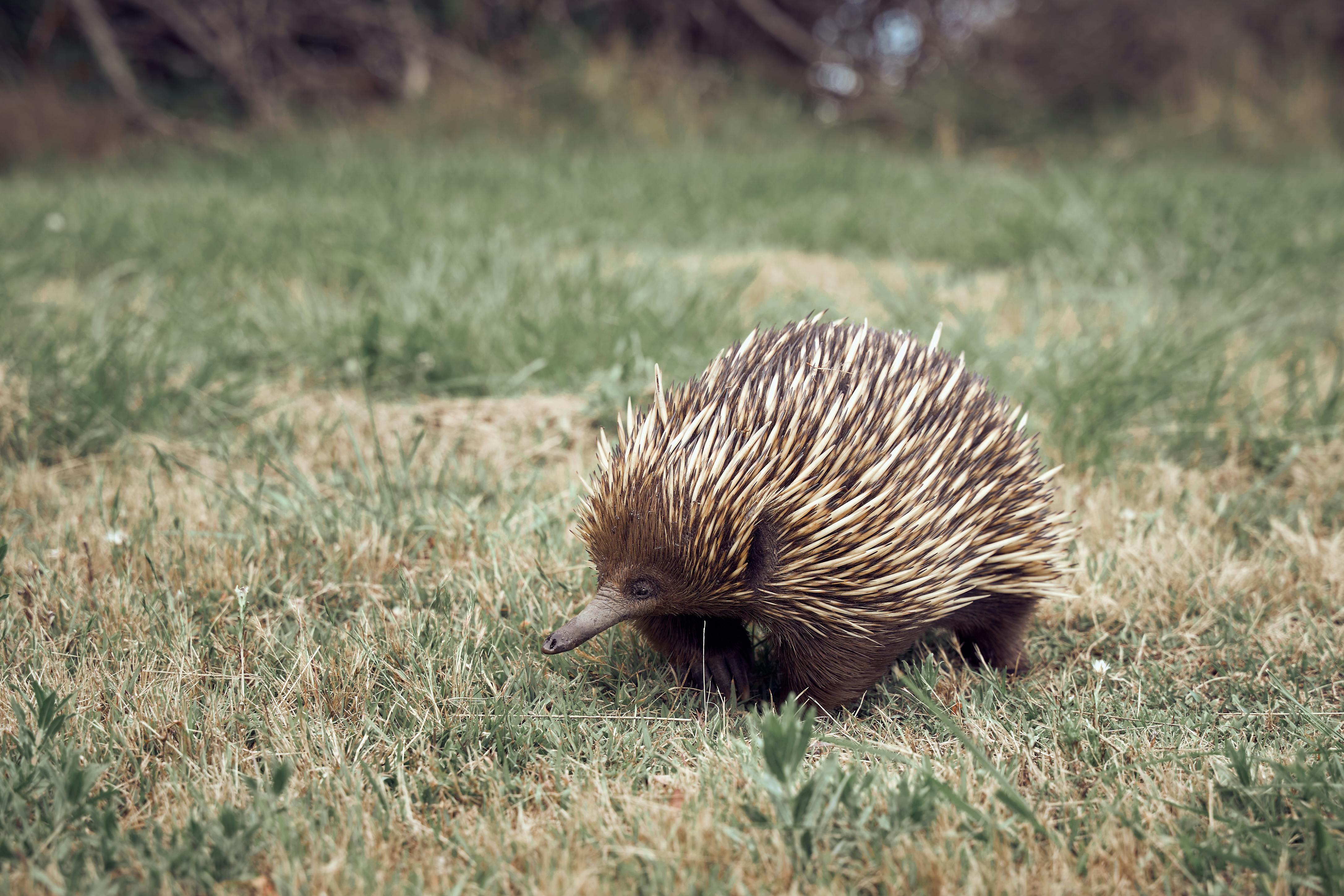Echidnas: Nature's Spiky Survivors
Venture into the world of one of nature's most peculiar mammals, the echidna. These egg-laying, spiny creatures have captivated scientists and animal enthusiasts alike with their unique adaptations and remarkable resilience. From their ancient origins to their modern-day conservation challenges, echidnas offer a fascinating glimpse into the marvels of evolution and the importance of biodiversity.

Ancient Origins and Evolutionary Marvels
Echidnas belong to an ancient group of mammals called monotremes, which diverged from other mammals about 200 million years ago. Unlike most mammals, monotremes lay eggs and produce milk to feed their young. This unique combination of reptilian and mammalian characteristics makes echidnas living fossils, offering insights into early mammalian evolution.
Fossil evidence suggests that echidnas have changed little over millions of years, a testament to their successful adaptations. Their spiny coat, powerful claws, and long, sticky tongue have allowed them to thrive in various environments, from arid deserts to tropical rainforests.
Specialized Anatomy and Sensory Prowess
Echidnas possess a remarkable array of physical adaptations that set them apart from other mammals. Their most striking feature is their coat of sharp spines, which provides excellent protection against predators. These spines are modified hairs, similar to those of porcupines, but evolutionarily distinct.
Beneath their spiny exterior, echidnas boast several unique anatomical features. Their elongated snouts house a sophisticated electroreception system, allowing them to detect electrical signals from their prey. This ability, combined with their acute sense of smell, makes echidnas formidable hunters of ants and termites.
Unusual Reproductive Strategies
Perhaps the most fascinating aspect of echidna biology is their reproductive process. Female echidnas lay a single egg, which they incubate in a temporary pouch on their belly. After about ten days, a tiny, jellybean-sized puggle (baby echidna) hatches and remains in the pouch for several months, feeding on milk secreted from specialized mammary glands.
Interestingly, male echidnas possess a four-headed penis, a feature that has puzzled scientists for years. Recent research suggests this unusual anatomy may be related to sperm competition and mating strategies, highlighting the complex evolutionary forces at play in echidna reproduction.
Ecological Importance and Conservation Challenges
Echidnas play a crucial role in their ecosystems as soil engineers. Their foraging habits, which involve digging for insects, help aerate the soil and distribute nutrients. This activity benefits plant growth and supports other organisms in the ecosystem.
Despite their adaptability, echidnas face numerous threats in the modern world. Habitat loss, road accidents, and introduced predators like feral cats and foxes pose significant risks to echidna populations. Climate change also presents a growing challenge, potentially altering the availability of their insect prey and suitable habitats.
Research and Conservation Efforts
In recent years, there has been a surge in echidna research and conservation initiatives. Scientists are employing cutting-edge technologies, such as GPS tracking and thermal imaging, to study echidna behavior and movements in the wild. These efforts are providing valuable data for conservation strategies and habitat protection.
One notable project is the EchidnaCSI (Echidna Conservation Science Initiative), which engages citizen scientists in echidna research. Participants use a smartphone app to report echidna sightings and collect echidna scat samples for DNA analysis. This innovative approach has greatly expanded our understanding of echidna distribution and genetics.
Conservation organizations are also working to establish protected areas and wildlife corridors to support echidna populations. Additionally, rehabilitation programs for injured or orphaned echidnas are helping to boost their numbers in the wild.
As we continue to unravel the mysteries of these spiny survivors, it becomes increasingly clear that echidnas are not just evolutionary curiosities but vital components of their ecosystems. Their conservation is not only crucial for maintaining biodiversity but also for preserving a living link to our planet’s ancient past. By protecting echidnas and their habitats, we safeguard a unique piece of evolutionary history and ensure that future generations can marvel at these extraordinary creatures.





